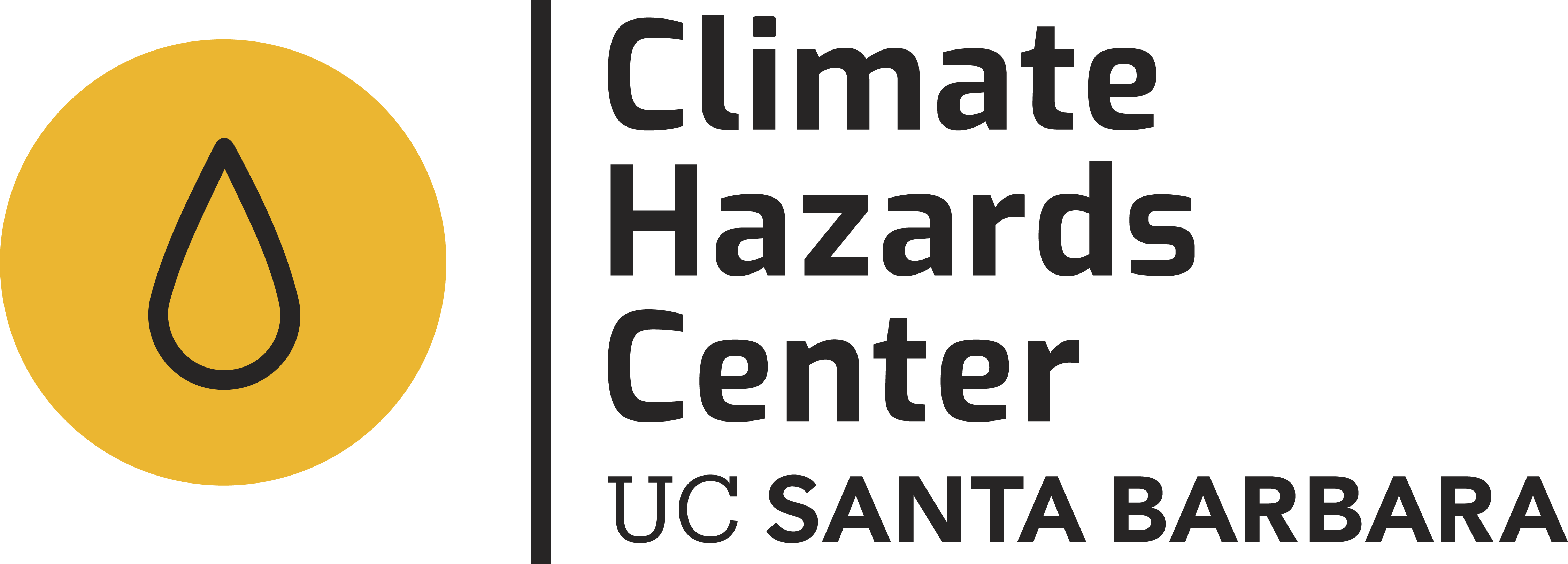Advancing drought early warning science to save lives and secure livelihoods.

Welcome to the Climate Hazards Center (CHC)
The Climate Hazards Center is an alliance of multidisciplinary scientists and food security analysts utilizing climate and crop models, satellite-based earth observations, and socioeconomic data sets to predict and monitor droughts and food shortages among the world's most vulnerable populations. Through partnerships with USAID, USGS, and FEWS NET, the CHC provides early warning to save lives and secure livelihoods.
Our Mission
The CHC's mission focuses on improving the early detection and forecasting of hydroclimatic hazards related to food security, droughts, and floods while empowering decision-makers by providing improved climate analysis tools, data sets, and the on-ground support of CHC-affiliated field scientists. We aim to strengthen international disaster risk-reduction efforts by advancing drought early warning science.
As an official Center, we hope to increase our reach and visibility to educate an engaged public on the devastation caused by climate disasters. By spotlighting climate hazards, we believe that public awareness of the necessity of timely scientific research and the development of operational techniques that quickly identify and quantify food insecurity will drastically increase.







